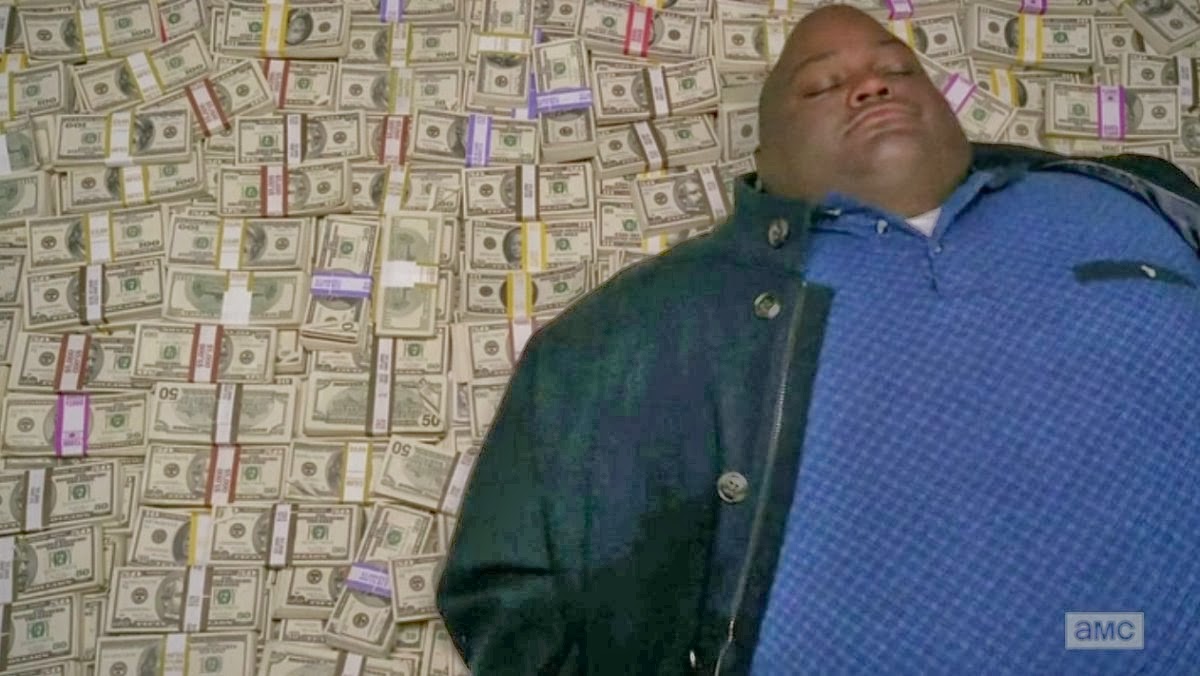“But how much will it cost?”

It’s one of the first things that will be asked when someone is trying to start a sustainability initiative. One of my first questions for the Zero Waste Market was what kind of budget they were looking at. The sad truth is that for the most part, businesses and consumers ultimate decisions are based on cost.
This becomes especially apparent through recent articles examining the so-called “green gap”, or the gap between consumers who profess to purchase based on a products green attributes and the number who actually do. Somewhat unsurprisingly, people’s self-assessments rarely translate into actual sales. This leads to the question of what is the best way to improve actual sales while still prioritizing sustainability initiatives, whether social or environmental.
The article’s conclusion is that the best way to finally overcome this “green gap” is to drop the focus on sustainability for the most part and focus instead on a mixture of quality and/or price, factors that will make a much bigger impact on consumers.

This argument certainly has a point. If one thinks of certain brands like Patagonia, it is the quality of the goods that determines the sales just as much or even more than the sustainability drive behind it. However, I don’t think that one needs to focus on quality/price and ignore sustainability to close the green gap, but merely integrate the three closer together.
Simply look at the way Unilever has done it. While they are working towards becoming a registered B-Corp, one would never know their work on sustainability simply looking at the packaging. However, they haven’t abandoned any of their work on environmental sustainability and supply chain efficiency. As I’ve talked about earlier in a previous blog, if a company can reorient their design and product philosophy towards sustainable goals, efficiencies and creative thinking can even help erase certain costs, especially in areas of efficiency. Cost, quality, and sustainability marketing don’t have to be opposed, and the correct way to think of closing a “green gap” is ultimately making sure that all of those 3 match up.
Hey Collin,
Your post got me to remember something really interesting. Walmart has been making huge strides in reducing their emissions and ecological footprint by streamlining their supply chain. However as many (Link A) analysts point out they have not switched to more renewable energy sources and do not set a science based emissions goal.
Do you think there is a space for policy makers to act in order to close the green gap? Analysts from Merrill Lynch have shown (Link B) that policy maker need to take in the total costs of energy sources and it would be very interesting to see the way policy makers move forward.
Cheers,
Yajur
Link A:
http://www.theguardian.com/sustainable-business/2015/nov/18/walmart-climate-change-carbon-emissions-renewabe-energy-environment
Link B
http://des.nh.gov/organization/divisions/water/wmb/coastal/ocean_policy/documents/te_workshop_cost_compare.pdf
I agree here. The green gap could be more simply labelled as a “cost gap” or “price gap”. Great first and green second. This is not to say that sustainability is unimportant, but rather, to approach it from a more attainable angle. The general cycle of thought in business seems to be that a corporation should aim to make money first, and after adequate amount of profit is generated, one may then take a look at integrating sustainability with some investment. Sometimes, I feel that the clients are being overly idealistic when they look at the situation; as you have mentioned for Zero Waste Market. There is conventionally a positively correlated relationship between investment and return, and to have a relatively small input with the objective to double or triple its output is not unattainable, but extremely rare. Therefore, it does not make sense to exclude cost from the function when taking sustainability into consideration. We have to admit that at our current stage, sustainability could be partly equated with rising cost of production and input cost. I personally feel that this is the reason why most of the sustainable products are supplied with a price mark-up, and thus suffers from decreased popularity from general consumers.